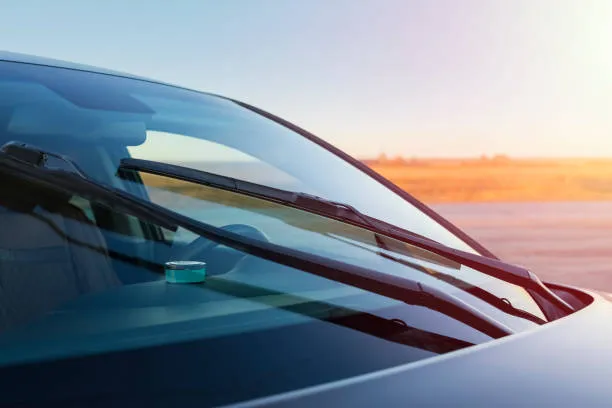Nov . 23, 2024 08:42 Back to list
laminated low iron glass
The Advantages and Applications of Laminated Low Iron Glass
Laminated low iron glass is increasingly becoming a material of choice across various industries due to its exceptional optical clarity, safety features, and versatility. Unlike traditional glass, low iron glass has a reduced iron content, which significantly enhances its transparency and makes it ideal for applications where light transmission is crucial. This article will explore the benefits, applications, and future potentials of laminated low iron glass.
One of the primary advantages of laminated low iron glass is its remarkable clarity. The low iron content minimizes the greenish tint often associated with conventional glass, allowing more natural light to pass through. This quality is particularly desirable in architectural applications where aesthetics and visibility are paramount. For instance, large glass facades, skylights, and curtain walls benefit from the use of laminated low iron glass, creating bright, open spaces while providing remarkable views of the outside environment.
Safety is another significant feature of laminated low iron glass. This type of glass is produced by sandwiching a layer of polyvinyl butyral (PVB) or ethylene-vinyl acetate (EVA) between two panes of glass. In the event of breakage, the PVB interlayer holds the glass fragments in place, significantly reducing the risk of injury. This property makes laminated glass an ideal choice for places where safety is of utmost importance, such as in schools, hospitals, and public buildings. Additionally, laminated glass can provide acoustic insulation, making it a suitable option for urban environments where noise reduction is desired.
The ability to incorporate different functionalities into laminated low iron glass further amplifies its appeal. Manufacturers can design laminated glass with additional features such as UV protection, sound insulation, and energy efficiency. For example, certain laminates can block harmful UV rays, protecting furnishings from fading while enhancing comfort. Energy-efficient glazing solutions can also be developed to minimize heat loss in buildings, contributing to sustainability efforts in architecture.
laminated low iron glass

In the realm of interior design, laminated low iron glass is being utilized creatively to enhance aesthetic appeal. It is commonly used for glass partitions, stairs, and railings, contributing to a modern and sleek look in office and residential spaces. The transparent nature of low iron glass enables seamless transitions between environments, while its strength ensures durability and safety.
Furthermore, the automotive industry has begun to embrace laminated low iron glass for windshield applications. The clarity and safety features of laminated glass make it an excellent choice for cars, providing drivers with unobstructed views and enhanced safety in the event of an accident. By incorporating advanced technologies such as heating elements and tinting, automotive manufacturers can enhance the performance and comfort of their vehicles.
As the demand for sustainable building materials grows, laminated low iron glass is positioned to play a key role in the future of green architecture. Its energy-efficient properties, combined with the aesthetic advantages it brings, make it a favored material for eco-friendly buildings. Moreover, the recyclability of glass also aligns with sustainable practices, allowing the industry to minimize waste and reduce its carbon footprint.
In conclusion, laminated low iron glass stands out for its unmatched clarity, safety, versatility, and eco-friendliness. Its applications span across various sectors, from architecture and interior design to automotive industries. As innovation in glass technology continues to evolve, the potential uses for laminated low iron glass will only expand, paving the way for groundbreaking designs that enhance both functionality and beauty. With an increasing focus on sustainability, laminated low iron glass not only meets modern demands but also contributes to a more sustainable future. As such, this material is not just a trend; it represents a significant shift in how we approach building and design in our increasingly glass-centric world.
-
Safety and Style with Premium Laminated Glass Solutions
NewsJun.24,2025
-
Reinvents Security with Premium Wired Glass
NewsJun.24,2025
-
Premium Float Glass Line for Modern Architecture
NewsJun.24,2025
-
Low Emissivity Glass for Energy-Efficient Architecture
NewsJun.24,2025
-
High-Performance Insulated Glass Solutions for Modern Architecture
NewsJun.24,2025
-
Elevates Interior Style with Premium Silver Mirror
NewsJun.24,2025
Related PRODUCTS














